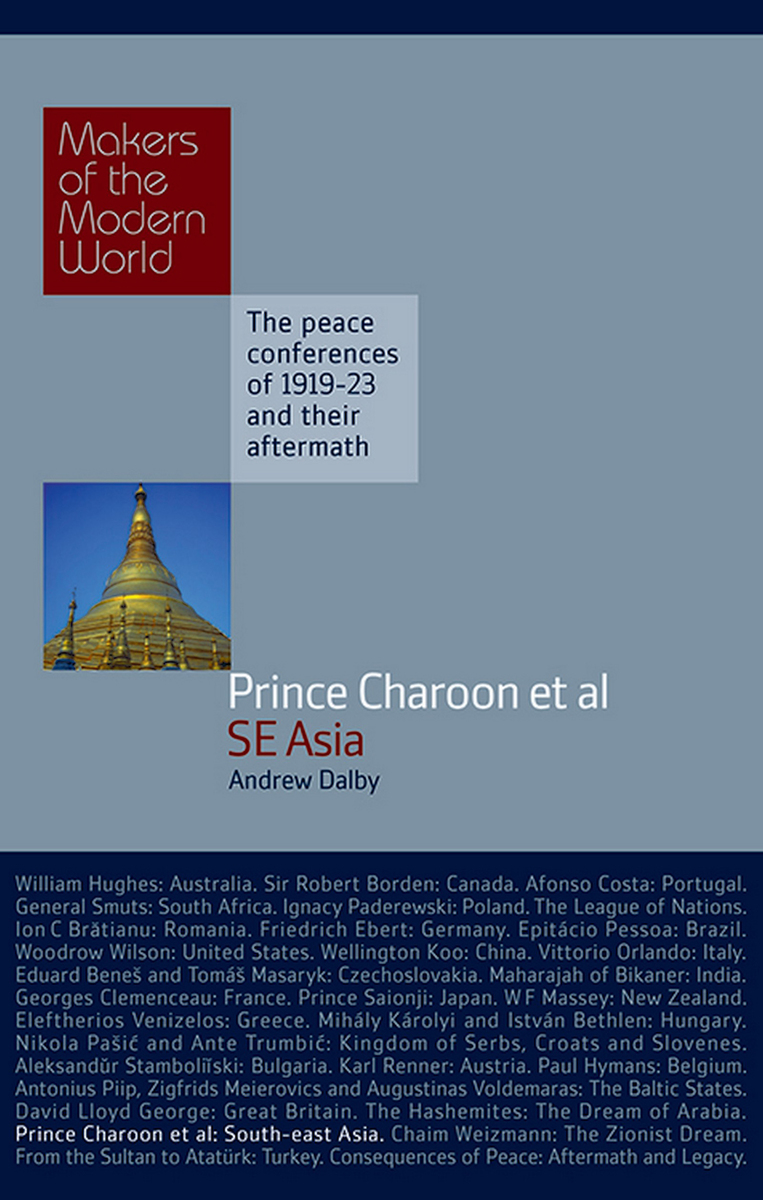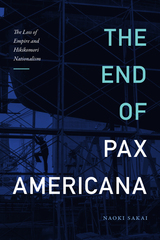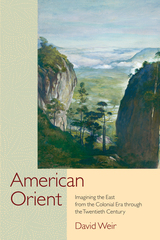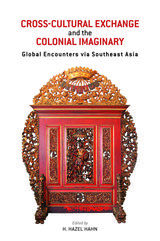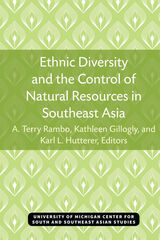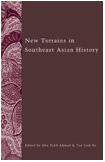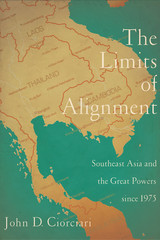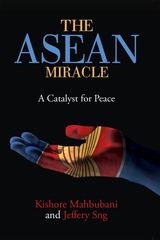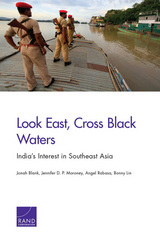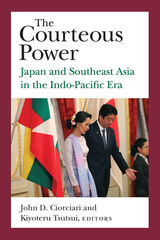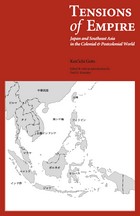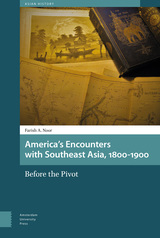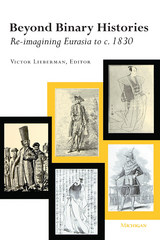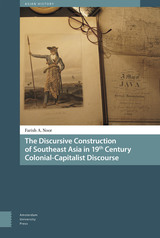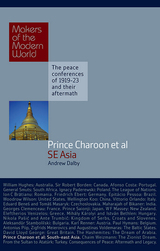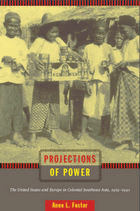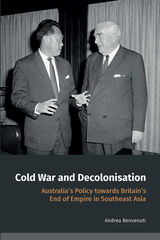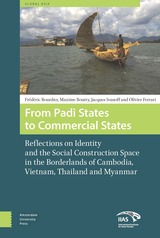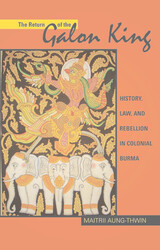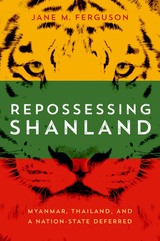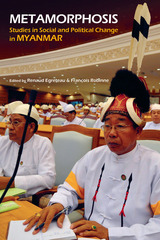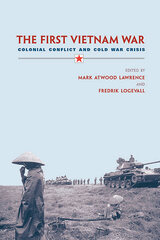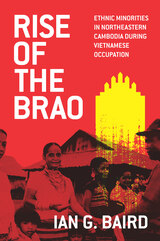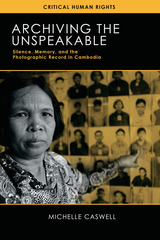Prince Charoon et al: South East Asia
Haus Publishing, 2010
eISBN: 978-1-907822-37-7 | Cloth: 978-1-905791-85-9
Library of Congress Classification DS526.6.D35 2010
Dewey Decimal Classification 327.59
eISBN: 978-1-907822-37-7 | Cloth: 978-1-905791-85-9
Library of Congress Classification DS526.6.D35 2010
Dewey Decimal Classification 327.59
ABOUT THIS BOOK | AUTHOR BIOGRAPHY | TOC
ABOUT THIS BOOK
Southeast Asia needs to be dealt with as a whole, because, although the one national delegation from the region (Siam) took a minor part, nationalist movements in several Southeast Asian countries reached an early climax - significant though inconclusive - in the years 1919-1920. The planned Peace Conference, Wilson's Fourteen Points, and the victory of Communism in Russia, all contributed to this activity, and in spite of national differences it needs to be seen as a whole. The focus of the book will be on developments around 1919; thus it will bring out for the first time the unexpected significance for South-east Asia of the 1919 milestone. It will also have a biographical bias - taking a special interest in the personalities of major figures in this important period, in order to show the influences and the patterns of thought that underlie their activities at the time of the Peace Conference. Following a brief introduction making the link between world events in 1919 and South-east Asia, the book sets the scene in the region. Succeeding chapters deal with the five countries - Siam, Vietnam, Burma, Indonesia, Philippines - in which the years 1919-21 were of special significance, as well as the impact of the peace conferences in relationships with their neighbours, the growth of international Communism and global politics in later years.
See other books on: (1919-1920) | Decolonization | Peace | World War I | World War, 1914-1918
See other titles from Haus Publishing
